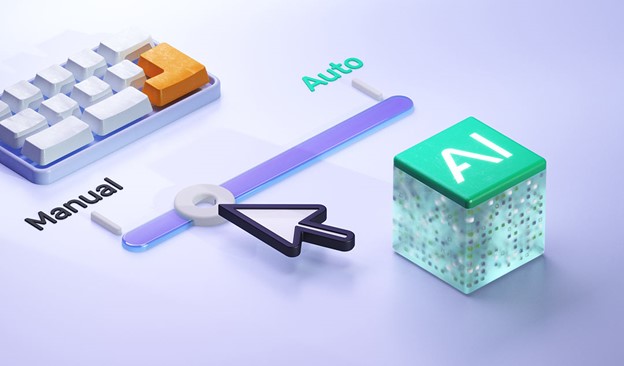In today’s fast-paced technological landscape, where efficiency and accuracy reign supreme, automation testing emerges as a cornerstone in software development cycles. Exploring the Basics of Automation Testing unveils a realm where precision meets speed, ensuring robust applications that meet user expectations. Let’s delve into the depths of Automation Testing, its objectives, categories, tools, best practices, and the cutting-edge AI-based advancements revolutionizing the field.
Objectives of Automation Testing:
Automation Testing is driven by multifaceted objectives aimed at enhancing software quality, reducing time-to-market, and optimizing resource utilization. By automating repetitive tasks, it allows teams to focus on critical aspects of testing, fostering innovation and continuous improvement.
Categories of Automation Testing:
From unit testing to regression testing, Automation Testing encompasses various categories tailored to address specific needs at different stages of the development lifecycle. By segmenting testing efforts effectively, teams can ensure comprehensive coverage and early detection of defects, thereby mitigating risks and delivering superior products.
Automated Testing Tools:
Empowered by an array of Automated Testing Tools, teams can streamline their testing processes, from test case generation to execution and analysis. These tools provide a user-friendly interface, robust scripting capabilities, and seamless integration with other development tools, enabling efficient collaboration and accelerated delivery cycles.
Best Practices for Automation Testing:
Successful Automation Testing hinges upon adherence to best practices that ensure optimal outcomes. By establishing clear objectives, maintaining modular and reusable test scripts, implementing version control, and prioritizing test cases, teams can maximize the effectiveness of their automation efforts while minimizing maintenance overhead.
What is AI-Based Automation Testing:
The convergence of Artificial Intelligence (AI) and Automation Testing heralds a new era of intelligent testing solutions. Leveraging machine learning algorithms, AI-based Automation Testing augments traditional testing approaches with advanced analytics, predictive insights, and adaptive test environments, driving unparalleled efficiency and accuracy.
Test Case Generation:
Efficient test case generation is crucial for comprehensive test coverage and effective risk mitigation. By leveraging automation tools and techniques such as model-based testing and boundary value analysis, teams can systematically generate test cases that validate application functionality and performance across diverse scenarios.
Test Execution and Analysis:
The seamless execution and analysis of test cases are pivotal for identifying defects and validating software quality. Automation Testing facilitates the rapid execution of test suites across multiple environments and configurations, while advanced reporting and analytics capabilities provide actionable insights for continuous improvement.
Managing Test Data:
Effective management of test data is essential for ensuring test repeatability, data integrity, and compliance with privacy regulations. Automation Testing offers robust data management capabilities, including data masking, synthetic data generation, and database virtualization, enabling teams to create realistic test scenarios while safeguarding sensitive information.
Defect Prediction and Analysis:
Proactive defect prediction and analysis empower teams to identify and address potential issues before they impact end-users. By leveraging historical data, machine learning algorithms, and predictive analytics, Automation Testing enables early defect detection, root cause analysis, and informed decision-making throughout the development lifecycle.
Natural Language Processing and BDD Integration:
The integration of Natural Language Processing (NLP) and Behavior-Driven Development (BDD) principles enhances collaboration and communication between stakeholders and testing teams. By translating user stories and acceptance criteria into executable test scenarios, Automation Testing fosters a shared understanding of requirements and accelerates the feedback loop.
Adaptive Environments:
In today’s dynamic development landscape, adaptive environments are essential for ensuring compatibility and reliability across diverse platforms and configurations. Automation Testing facilitates the creation of scalable and flexible testing environments, including virtualized infrastructure, containerization, and cloud-based solutions, enabling teams to adapt quickly to changing requirements and market demands.
In conclusion,
Automation Testing represents a paradigm shift in software quality assurance, empowering teams to deliver superior products with unprecedented efficiency and accuracy. By embracing the principles, practices, and technologies outlined in this guide, organizations can embark on a journey towards continuous improvement and innovation, driving tangible business outcomes and customer satisfaction.


